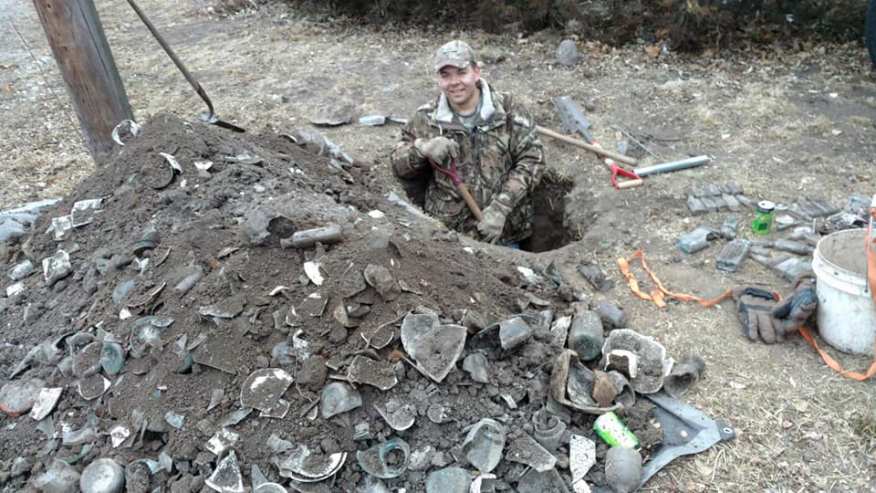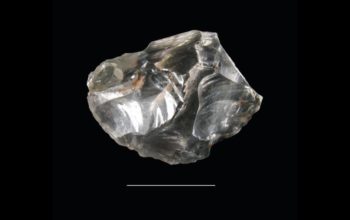Kenny Resser digs old outhouses to finds interesting pieces of history. His Archaeology in Kansas project reveals come very interesting finds
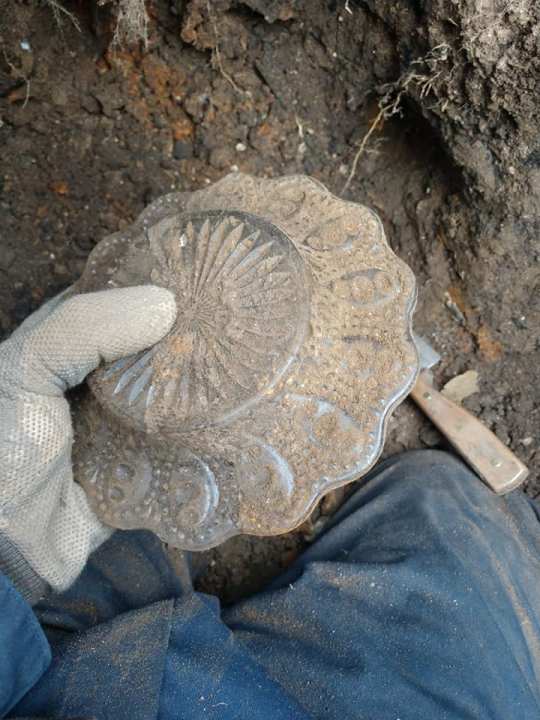
Would you dig up an outhouse for fun? One Kansas man has made a hobby out of it.
“There’s only a couple of us who do this in the state,” said Kenny Resser.
Think of it as excavating abandoned garbage holes and finding hidden trash – or what some may refer to as treasure.

“Back in the 1800s, they didn’t have a trash truck that went through. That’s just where they threw their trash, so that’s why all that stuff is in there,” Resser said.
A buddy of Resser’s introduced him to the hobby about 8 years ago after a lengthy stint of collecting Indian artifacts.
“After a while, one of the guys from Oklahoma gave me one of his probes and then, you know, kind of taught me how to do it and stuff like that,” he said. “Then, I just kind of went off on my own to do it.”
How does it work?
Resser plans each of his digs. He uses Sanborn Maps, detailed maps of U.S. cities and towns in the 19th and 20th centuries, and Plat maps or land maps to identify where the outhouses are located.
“You go to these towns and they have vacant lots now, but there may have been a house there in the 1800s and these maps will show exactly where the houses were. The outhouses are usually back by the alleyways,” Resser explained.
The husband and father then uses a probe to identify where to dig.
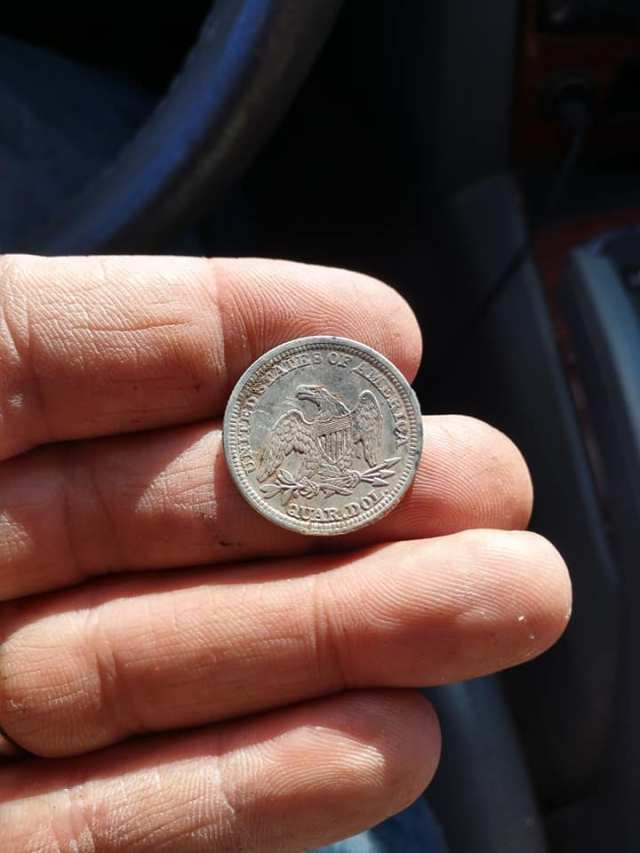
“When you are probing around in the backyard looking for these outhouses normally the ground is going to be pretty stiff. Then, when you hit an outhouse, sometimes you can just use two fingers and just push the probe all the way to the ground,” he said. “With the rod going through the handle like that the sound travels through the handle of what you are hitting. If you are hitting glass, you can hear all of that stuff.”
Resser said it’s best to go on a “dig” after a big rain because the soil is softer which is a big benefit when he has to dig deep.
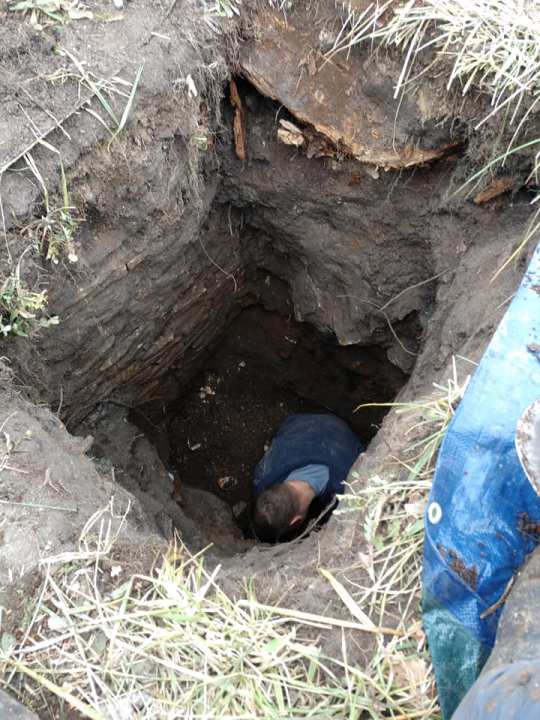
“In Horton, you know, the outhouses are usually about 5-feet deep, but I have dug outhouses in Atchinson that were about 12-feet deep so you have to have a ladder to get out of them,” he said.
What has he discovered?
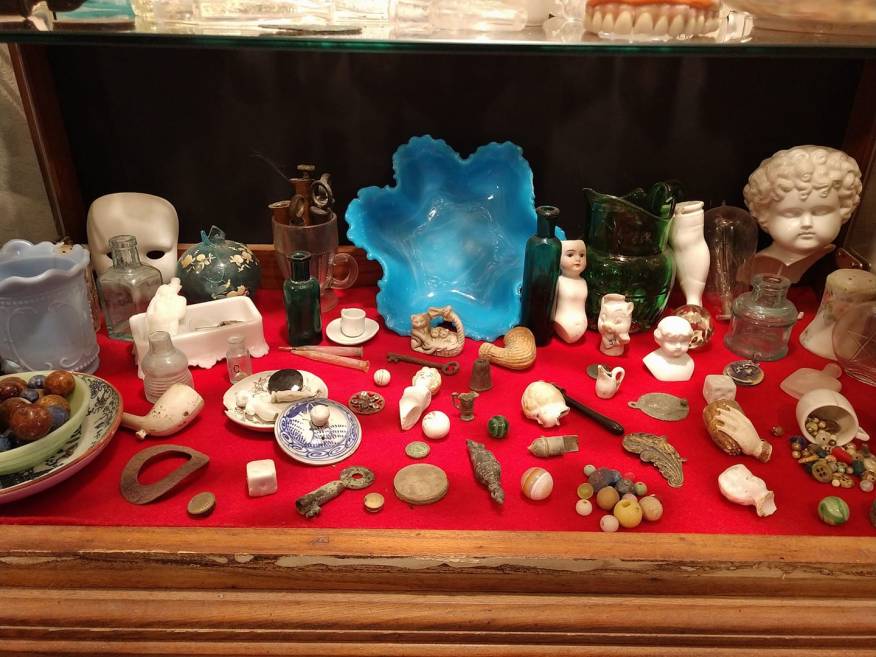
Arrowheads, 1800’s drug bottles, pipes, dolls, fine china, you name it, Resser has probably found it in an outhouse.
He said one of his favorite parts of the dig is showing off his finds to the people who reside on the property.
“These people come out and see this stuff in their yards that they didn’t even know was in the ground,” Resser said. “It never gets old. Their face and you know they are just amazed at what’s out there. It tells a story about the people who used to live there too.”
Reeser displays dozens of those stories in a glass shelving unit inside his Auburn, Kansas home. He said he plans to keep digging and collecting as long as his wife will let him. Read more from WSAV
Follow similar interesting non political news stories from News Without Politics

